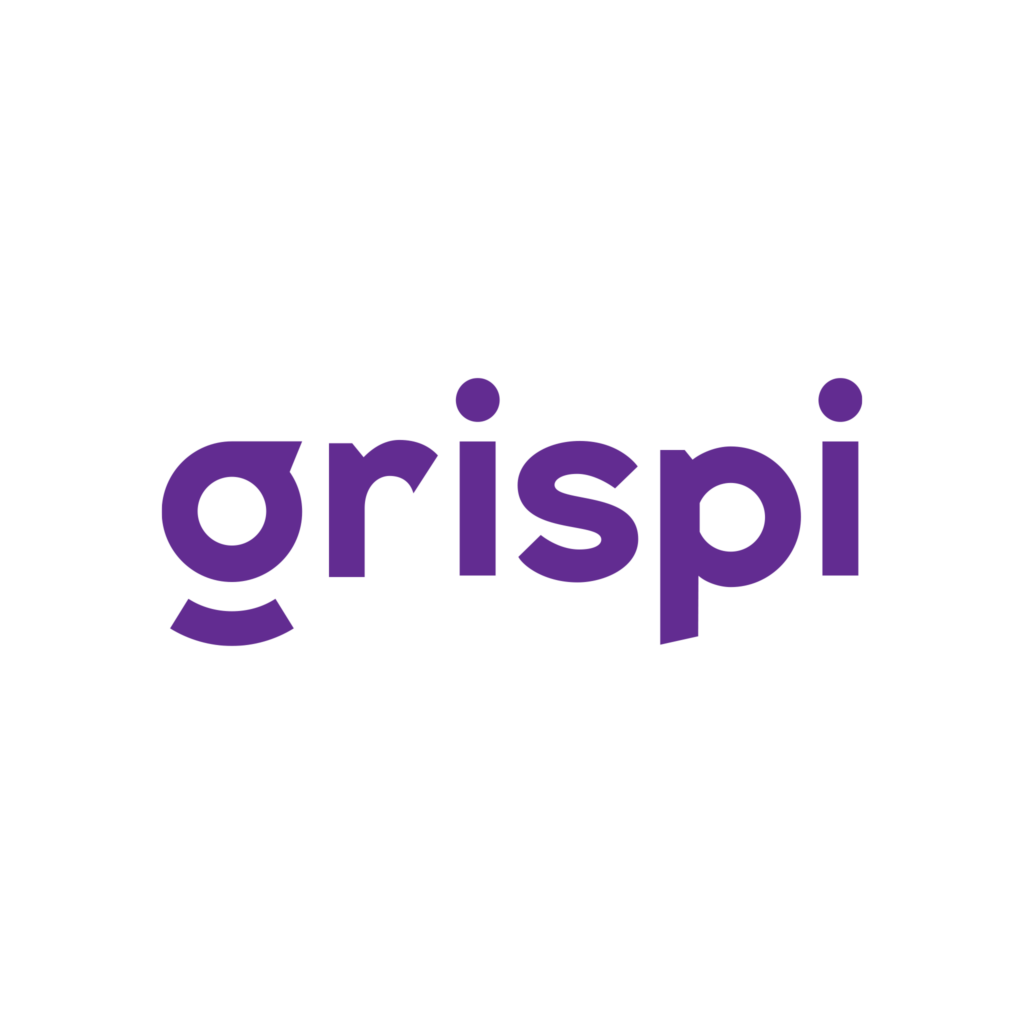Top 10 Most Used Call Center Metrics and KPIs
- March 10, 2025
All centers monitor specific metrics and Key Performance Indicators (KPIs) to enhance customer service processes and boost operational efficiency. Tracking the right metrics enhances customer satisfaction and allows call center operations to be managed more efficiently. Here are the 10 most important call center metrics and KPIs.
1. Average Abandoned Call Rate
The average call abandonment rate indicates the percentage of customers who hang up before reaching an agent. A high abandonment rate may indicate long waiting times or insufficient agent capacity.
How to Improve?
- Optimize the IVR system (Interactive Voice Response).
- Appoint enough representatives to reduce waiting times.
- Increase customer satisfaction by offering a callback option.
2. Percentage of Blocked Calls
The blocked call rate represents the percentage of calls that receive a busy signal or are prevented from reaching the call center. This metric assesses the adequacy of the call center infrastructure.
How to Improve?
- Increase system capacity.
- Offer alternative communication channels to balance the call center’s load during peak hours.

3. Average Queue Waiting Time
This metric shows how long customers wait on average before connecting with an agent. Long waiting times can reduce customer satisfaction.
How to Improve?
- Implement call forecasting and workforce planning.
- Strengthen self-service options.
4. Service Level
Service level refers to the percentage of calls answered in a given time. For example, a target could be set as “80% of calls answered within 20 seconds”.
How to Improve?
- Optimize call routing systems.
- Adjust the number of agents according to call volume.
5. Average Speed of Answer (ASA)
ASA measures the time it takes an agent in a call center to answer a call. A low ASA is a positive indicator of customer satisfaction.
How to Improve?
- Develop automated call distribution systems.
- Improve call center workforce planning.

6. Average Handling Time (AHT)
Average processing time is the total time it takes to complete a call. It includes call duration and post-call processing.
How to Improve?
- Provide access to better information for agents.
- Automate customer service processes.
7. Average After Call Work (ACW)
ACW is the amount of time an agent takes to complete transactions after the end of a call. High ACW time can reduce the agent’s productivity.
How to Improve?
- Automate processes by integrating CRM systems.
- Speed up the process by training agents.
8. First Call Resolution (FCR)
First contact resolution rate measures the percentage of times a customer issue is resolved on the first call. A high FCR increases customer satisfaction and reduces repeat calls.
How to Improve?
- Increase the level of training of agents.
- Use systems that provide quick access to customer history.

9. Customer Satisfaction Score (CSAT)
The customer satisfaction score measures how the call center service is evaluated by the customer. It is usually collected through surveys.
How to Improve?
- Improve agents’ communication skills.
- Offer more personalized service.
10. Net Promoter Score (NPS)
NPS measures how likely customers are to recommend the company to others after their call center experience. It is determined by a rating from 1-10.
How to Improve?
- Pay attention to customer feedback.
- Offer proactive customer support services.
These 10 call center metrics and KPIs are critical for improving the efficiency of operations and ensuring customer satisfaction. By regularly monitoring these metrics, call center managers can improve their processes and provide better service. You can gain a competitive advantage by making data-driven decisions to optimize your call center performance.
Contact us to try Grispi for free for 14 days – the best way to manage your customer calls.
Contact us
Fill out the form for detailed information and demo account, let us call you.
